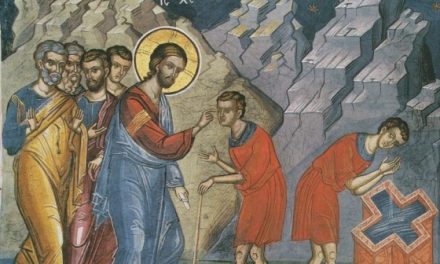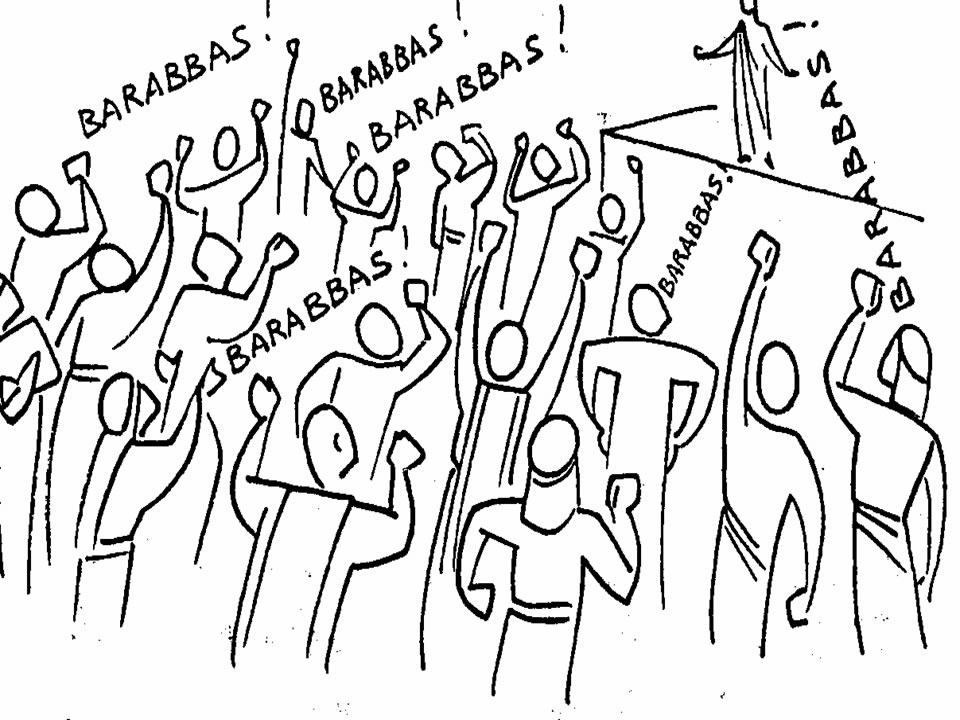Responsorial Psalm – Psalm 118:2-4, 13-15, 22-24
This Sunday, the Second Sunday of Easter, is also known as Divine Mercy Sunday. The typical argument for the specification of this particular Sunday as the day when we celebrate God’s mercy is twofold: We have just celebrated Easter Sunday, when the power of God’s mercy in response to our sinfulness was on full display through the death and resurrection of Christ; and, in this Sunday’s Gospel reading we see Christ’s merciful kindness on display again in his response to “doubting” Thomas.
From this perspective, the notion of mercy that stands out in Divine Mercy Sunday is mercy as forgiveness. Through the readings for this Second Sunday of Easter, however, there is also a second sense of mercy that stands out, and it is worth attending to this dimension as well if we want to have a full picture of the Divine Mercy we commemorate with this feast.
Pope Francis, who has made mercy something of a hallmark of his pontificate, has had a lot to say about mercy. He famously introduced a Holy Year of Mercy, calling mercy “Jesus’ most important message” (The Name of God is Mercy, p. 5), and in the process underscored the idea that the mercy of God is much more encompassing that a simple act of forgiving a transgression.
In a quote I love to bring up (in fact, one I’ve mentioned in connection with this feast before!), Pope Francis explained, “etymologically, ‘mercy’ derives from misericordis, which means opening one’s heart to wretchedness” (The Name of God is Mercy, p. 8)—or, as the Jesuit theologian Jim Keenan likes to say, mercy is about “the willingness to enter into the chaos of another” (The Works of Mercy: The Heart of Catholicism, 3rd ed., p. 5). Both descriptions point to the comprehensive root of mercy as an form of love that invites us to truly understand and thus respond to the needs of others that have emerged from the particular challenges they face.
While I do not wish to discount the sense of mercy as forgiveness illustrated in Jesus’s humble response to St. Thomas, I also find the whole scene much more moving when I appreciate Jesus’s act of mercy in terms of misericordis. Yes, there is forgiveness in Jesus’s refusal to condemn Thomas for his unbelief, but there is so much more in the interaction.
Specifically, Jesus is willing to give Thomas what he needs, namely the physical reassurance that can spur his dramatic confession of faith, “My Lord and my God!” Jesus recognizes the wretched situation Thomas is facing as the only one of the Apostles to have missed his initial appearance, and he opens his heart to this pain, offering Thomas the very thing he has asked for.
It strikes me that this spirit of mercy is very much present in the first reading as well. One of the most radical aspects of the early Christian community’s response to the Resurrection is captured in the last line, which explains how “there was no needy person among them, for those who owned property or houses would sell them, bring the proceeds of the sale, and put them at the feet of the apostles, and they were distributed to each according to need.”
What we see in this witness is a true act of mercy. The early Church opened their hearts to the wretchedness of others and gave freely of what they had to meet the needs of all. They put mercy into action.
The second reading suggests that we are all called to act in much the same way today, showing our love of God by obeying God’s commandments. One clear way to do that is, of course, to practice mercy, not just as forgiveness but in the all-encompassing sense of entering the chaos of another and responding to it.
For centuries, the Catholic Church has advocated for practicing this vision of mercy through the Corporal and Spiritual Works of Mercy. Perhaps, on this Divine Mercy Sunday, we can spend some time thinking about how we can promote this work of mercy in our own lives and we can ask that God’s own mercy might empower us to put this into practice more fully.




